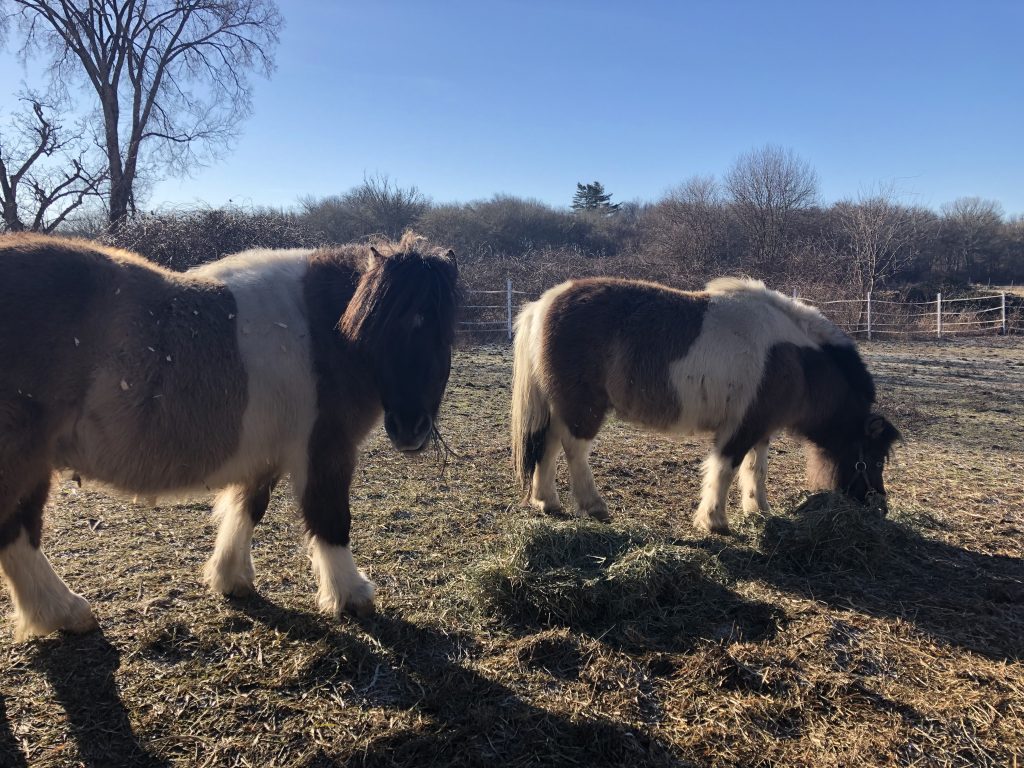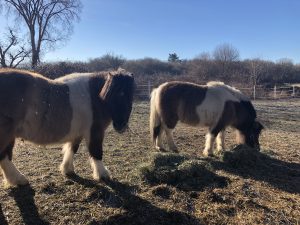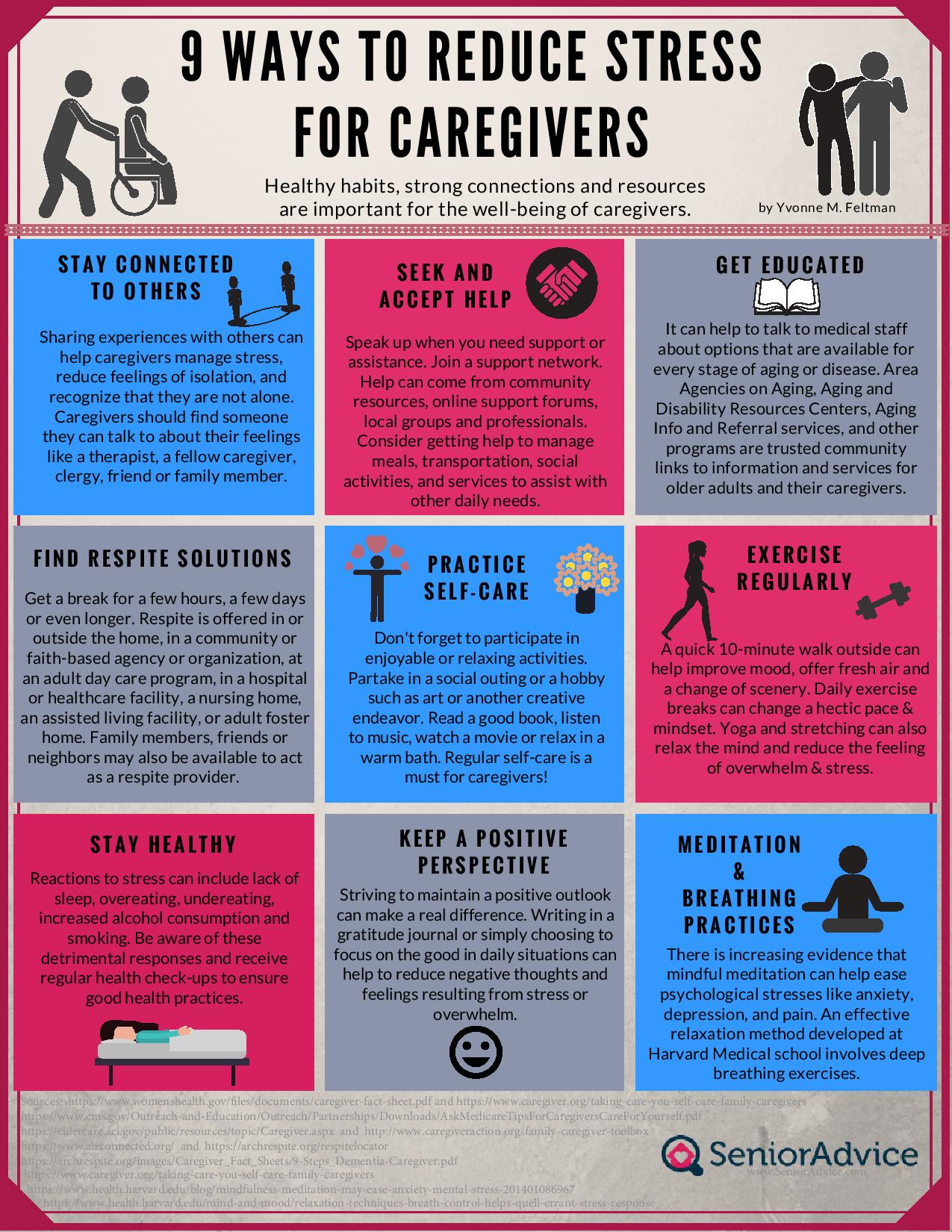Are you the person who rushes and hurries from place to place? Do you get to the end of your day and wonder what just happened? Do you fail to “stop and smell the roses?”
The most critical step of the Alexander Technique is to stop. Stopping, waiting, and letting go of unnecessary tension is what FM Alexander called inhibition.
Inhibition is a skill that is honed over time. When you inhibit you calm your system down. The chaos and rushing go away and life becomes more peaceful.
So stop, wait, pause and notice with wonder this beautiful world.
I made this video yesterday. After a long day of teaching, I went for a walk in the snowy woods. Here is my Wonder Pause.
How You Move Matters! You can learn how to move better with my Amazon bestselling book Agility at Any Age: Discover the Secret to Balance, Mobility, and Confidence. My book is illustrated with 40 videos that you access with your iPad or smartphone!
You can purchase it here.
Teaching people how to move well is my passion. Sign up for posts that teach you how to be more comfortable in your body! Click here to sign up or use the form to the right of this post!
My name is Mary Derbyshire. I am a fitness and movement coach. My methodology is the Alexander Technique,  a mindfulness practice that teaches you how to move better. When you move better you feel better and when you feel better your whole life improves! Let me know what you think or ask a question! I love to hear from my readers! Feel free to post in the comments section below and feel free to share this with your friends!
a mindfulness practice that teaches you how to move better. When you move better you feel better and when you feel better your whole life improves! Let me know what you think or ask a question! I love to hear from my readers! Feel free to post in the comments section below and feel free to share this with your friends!








 a mindfulness practice that teaches you how to move better. When you move better you feel better and when you feel better your whole life improves! Let me know what you think or ask a question! I love to hear from my readers! Feel free to post in the comments section below and feel free to share this with your friends!
a mindfulness practice that teaches you how to move better. When you move better you feel better and when you feel better your whole life improves! Let me know what you think or ask a question! I love to hear from my readers! Feel free to post in the comments section below and feel free to share this with your friends!
